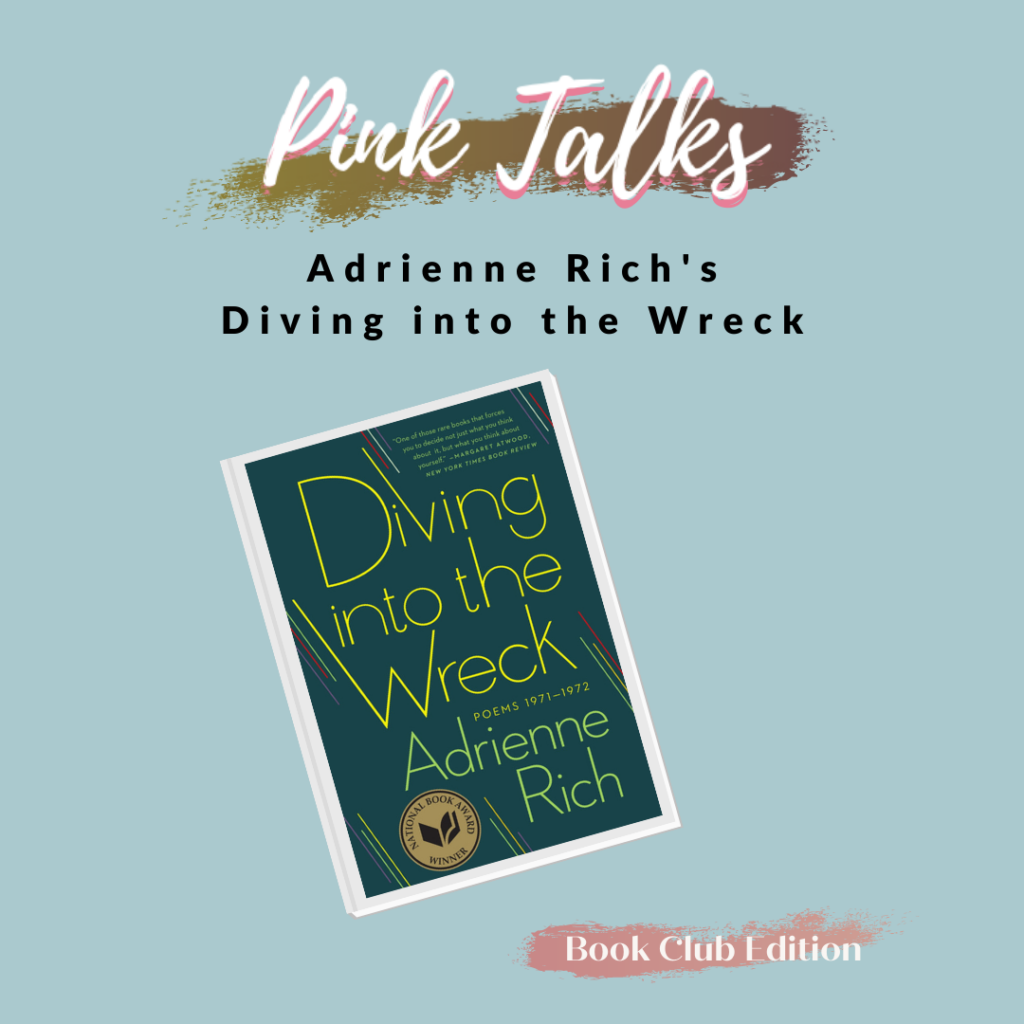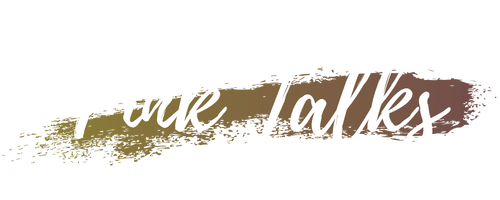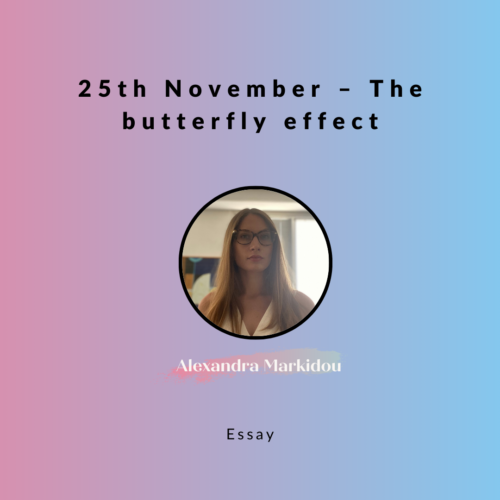“We are, I am, you are// by cowardice or courage// the one who find our way// back to this scene”.
Dive with us into a new Pink Talks episode, where we let ourselves be led by the American poet, Adrienne Rich, into the book of myths. Her 1973 poem, Diving into the Wreck, felt like an adventurous reading through abyss, personal and collective identity, vulnerability, and symbols. To unveil the myths that oppressed women and erased queer people and other cultures from history is both uncomfortable and rewarding. Allow this piece of poetry to meet you on a personal and collective level.
Book of myths
How to discover yourself without knowing the narratives that shaped your self-perception? Exclusive stories told and written by white-male supremacy that defined the identity of the other taught us how we should be. These discourses are encompassed in the book of myths that produced only damage. It is this consciousness that determined the diver to go on an expedition made before by her ancestors: “I came to see the damage that was done”.
Rich goes beyond them, beyond gender, beyond the binary spectrum. She refuses to fit into the masculinity-femininity classification, and there is rebellion in telling the truth. We need instruments like a camera and a knife to discover the truth, “the thing itself and not the myth”. The camera functions both as an instrument to record the truth found in the hold and gather the stories left in the darkness.
I am she: I am he
We could say the poem revolves around identity and is used as a leitmotif to trace an external and internal journey. At some point in our lives, many of us search for our inner self and its relationship with society. Having the chance to enter the imagination of the poet is a great gift that guides the reader to self-discovery. Rich’s wordplay and her ability to represent vulnerability, struggle, and clumsiness reflect human nature. It is in human nature that we find ourselves and connect with the literary world. The vulnerability she is not afraid to expose makes us reach a deeper knowledge beyond rationality. Allowing ourselves to be vulnerable in this search for identity gives us access to an emotional truth.
Find our way back to this scene
There is a sense of hope once visible by her will to explore and then by her action of diving. The gaps in the book of myths do not mean we cannot create new ways of existing, a new book of myths for future divers.
We function and learn with stories, but the problem comes up when we only have one narrative. We cannot leave the other treasures to be discovered by one’s own dive. We all need to participate. They need to be documented and prioritized in order to be represented and visible. What’s the best way to do that if not by starting to read Adrienne Rich’s Diving into the Wreck?
Show resources

Rich, Adrienne. (1973). Diving into the Wreck: Poems 1971-1972. W. W. Norton & Company.
Diving into the Wreck: Poems 1971-1972: Rich, Adrienne: 9780393346015: Amazon.com
Diving into the Wreck by Adrienne Rich – Poems | Academy of American Poets
Angelou, Maya. (1994). Phenomenal Woman: Four Poems Celebrating Women. Random House, Inc.
Amazon.com: Phenomenal Woman: Four Poems Celebrating Women eBook : Angelou, Maya: Books
Estés, Clarissa Pinkola. (1996). Women Who Run with the Wolves: Myths and Stories of the Wild Woman Archetype. Ballantine Books.
Adichie, Chimamanda Ngozi. (2009)



